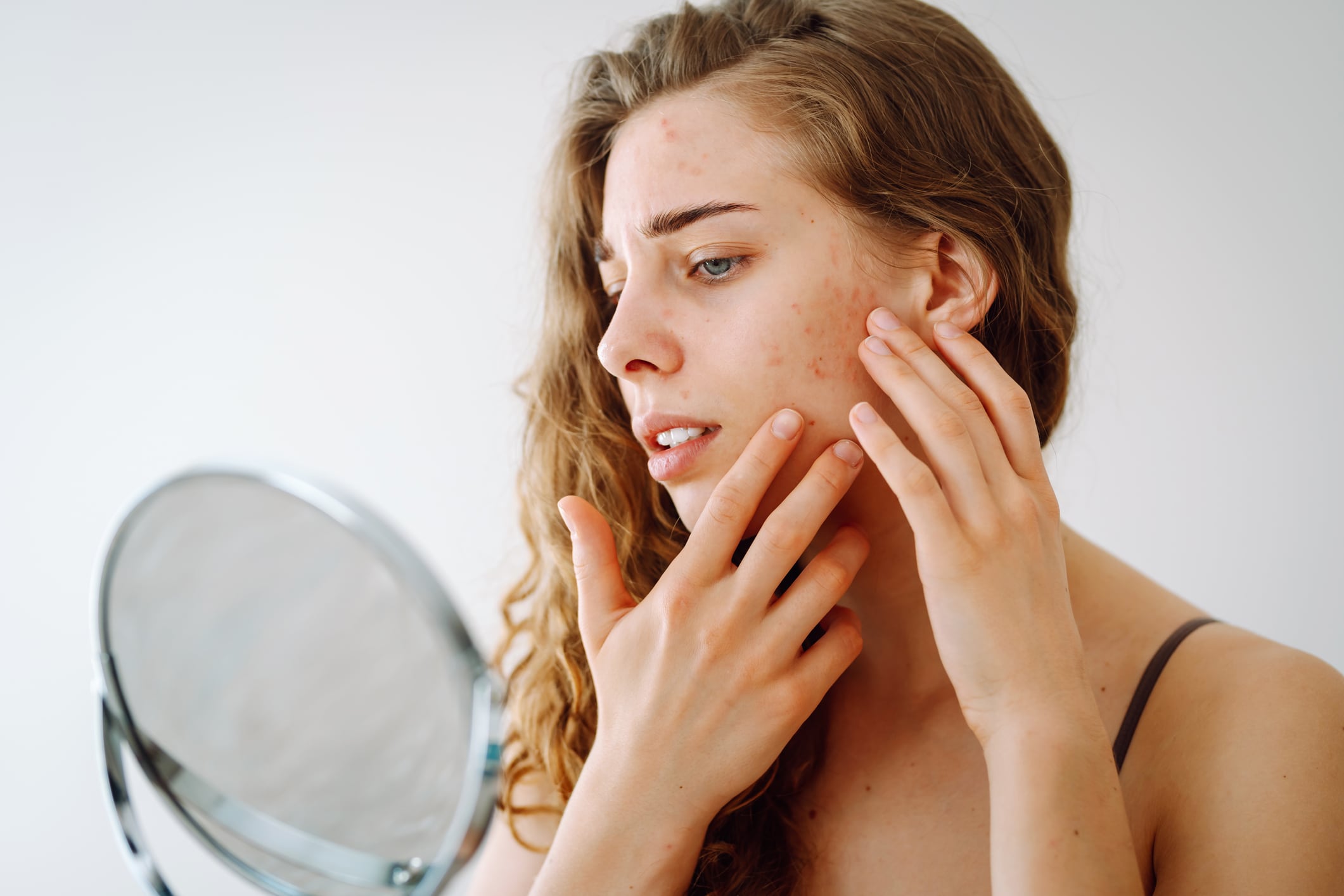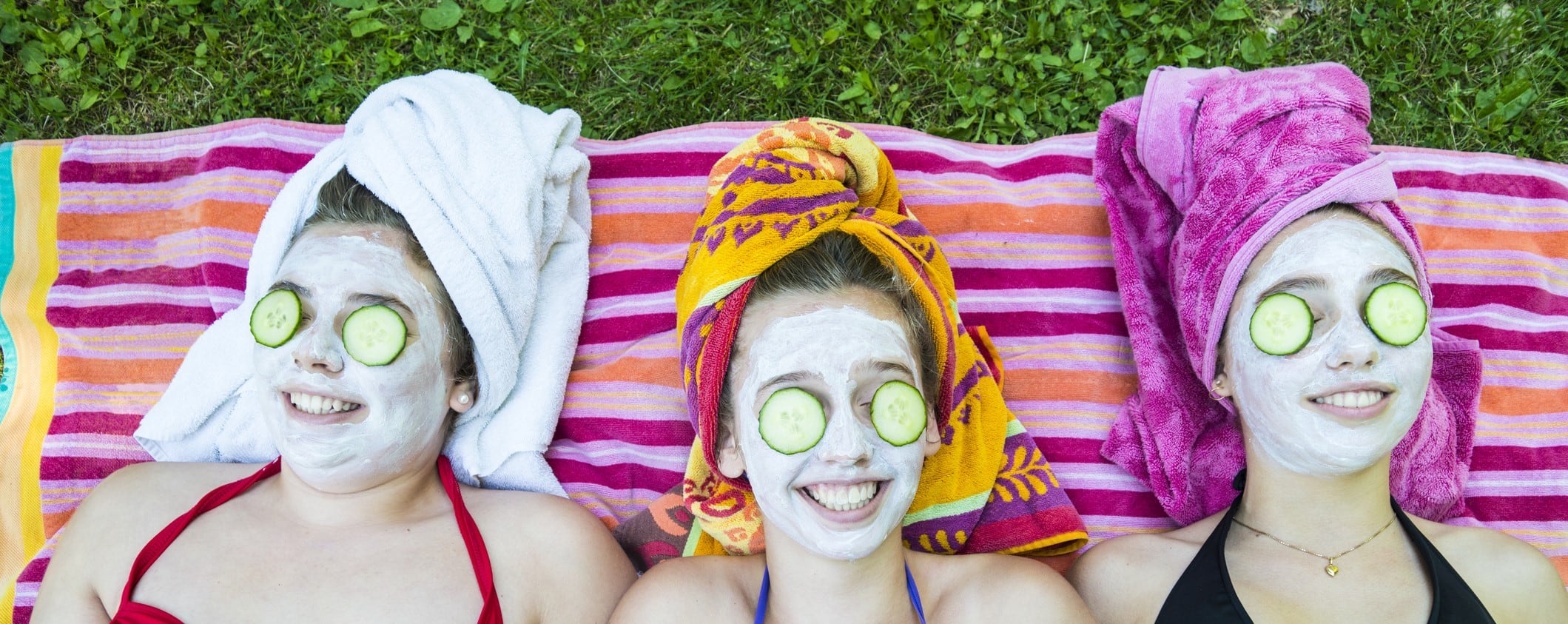“More women in the 30 – 50 age group are worried about adult acne,” explained product manager at Spanish cosmetics ingredients company Provital, Clara Vigo Xancó.
She noted that it’s a very active period of life and there has been a reported 10% increase of people suffering with adult acne in the past 10 years.”
Vigo-Xancó shared figures from the American Acne Association, which state that adult acne “now affects 31.9% women aged between 20 and 70 and 20.5% of men.”
“More people are worried about hormonal imbalances,” she explained. “People are more health-conscious than ever, and the dermo cosmetics market is increasing as people focus on their skin’s health.”
Innovating for inflammaging & well-ageing
Vigo-Xancó said the concepts of ‘inflammaging’ and well-ageing have also gained more attention in recent years and that “the cytokines that are activated for acne – IL6 and IL8 – are the same ones as the ones that are activated in inflammaging.”
She also explained that the group of women who are affected by adult acne are also “more powerful and demanding than ever while looking for advanced solutions for this stage of life,” which has brought this issue to the forefront of skin care research and development.
Meanwhile, Provital’s Marketing Manager, Siham Bouhrir pointed out that this growing need/trend is being clearly via marketing tools such as SEM Rush, which “shows lots of people on TikTok and Instagram searching for ‘adult acne solutions.”
Bouhrir added that “the search terms and this demographic target is also looking for natural ingredients” and “you can really see a trend.”
What is adult acne?
According to Provital, adult acne is triggered by a multitude of factors, including excess oil production (hyperseborrhea). As sebum production is hormonally regulated, these disruptions can trigger the skin issue.
Other factors that contribute in causing adult acne are pores being clogged by dead cells (hyperkeratinisation), microbiome dysbiosis with microflora over proliferation, and inflammation from interleukins secretion.
Adult acne, hormone changes & stress
Provital said that studies have shown that adult acne is more prevalent in women than men, as it’s often driven by hormone changes due to monthly menstrual cycle, pregnancy, perimenopause or menopause.
Women often experience fluctuating hormones around their periods and this imbalance can lead to breakouts, but it can also be related to health conditions like polycystic ovary syndrome, too.
Usually, the condition is the result of adolescent acne continuing into adulthood, however, particularly in women, it can still present itself for the first time during adulthood.
Vigo-Xancó said that research has shown that stress is increasingly a related factor for adult acne too.
“We are seeing women who are stressed out and experiencing these hormonal changes,” she said.
Vigo-Xancó highlighted many women were also taking the contraceptive pill for years and not balancing their hormones.
She said that these older female consumers are more willing to advocate for their needs than they may have been when they were teenagers, so that now is the right time for these solutions.
“There is now a conversation on social media about science not being focused enough on women’s bodies.” she continued.
“These consumers want something different to the products they used when they were a teenager. They are looking to balance their skin and want something truly science based.”
Vigo-Xancó also highlighted that these women are accepting that they need to live with the issue of adult acne, but want skin care that can still make their skin look as good as possible in the circumstances.
“Women now prioritise skin health over superficial fixes, reflecting a desire for balancing products that enhance beauty from within through regenerative holistic mechanisms,” she shared.
Creating an ‘agro-psychological’ solution
In response to this growing skin issue, Provital has launched a new biotech-produced active which it dubs an ‘agro-psychological’ solution’ that’s designed to target adult acne.
The new ingredient takes a ‘pro-ageing’ angle, as while someone may suffer with acne-prone skin, they may still have the same wish to preserve the longevity of their skin.
While Pureblome can help with acne, it has multiple benefits and is designed to work with women’s skin cycles, to balance and tackle ‘inflammaging’ and to improve skin’s overall texture.
Pureblome is the second ecosystem ingredient that Provital has developed using its biotechnological platform: Triplobiome Technology – a new way to produce ecosystem ingredients that offer an ‘ecopsychological’ solution, for “physiological wellbeing and renewal,” according to Provital.
The technology uses plant endophytes as a sustainable source to produce post-biotic active ingredients.
To create Pureblome, Provital said it “foresaw the active metabolites that make the symbiotic exchange between plant and bacteria kingdoms through several metabolomic analysis.”
The formula is based around the hyssop (Hissopus officinalis): an aromatic plant known for its bio-remediating properties that has long had medicinal uses, which Provital sources from a local organic supplier Parc de les Olors, which cultivates the plant using ago-ecological principles.
Using its Triplobiome Technology, Provital isolated endophytic bacteria, Bacillus velezensis, from the inside the leaves of the plant.
Fibroblast revitalisation and sebocyte rebalancing
The results offer fibroblast revitalisation and sebocyte rebalancing for dermal regeneration, refined skin purity, ‘anti-inflammaging’ effects, and helps skin look more even.
Provital shared that it has conducted both in vitro and in vivo triple-efficacy analysis for the new ingredient.
Its vitro study showed a 14% increase in collagen, a 25% increase in elastin and 77% cell migration, as well as (-)27% decrease in total lipids, for sebocyte rebalancing.
While the in vivo study, which was undertaken on 76 female volunteers aged 30 – 50, showed a 75% improvement in the ‘matte appearance’ of skin and an 89% anti-microbial improvement by protoporphyrin decrease in a clinical expert improvement analysis.





